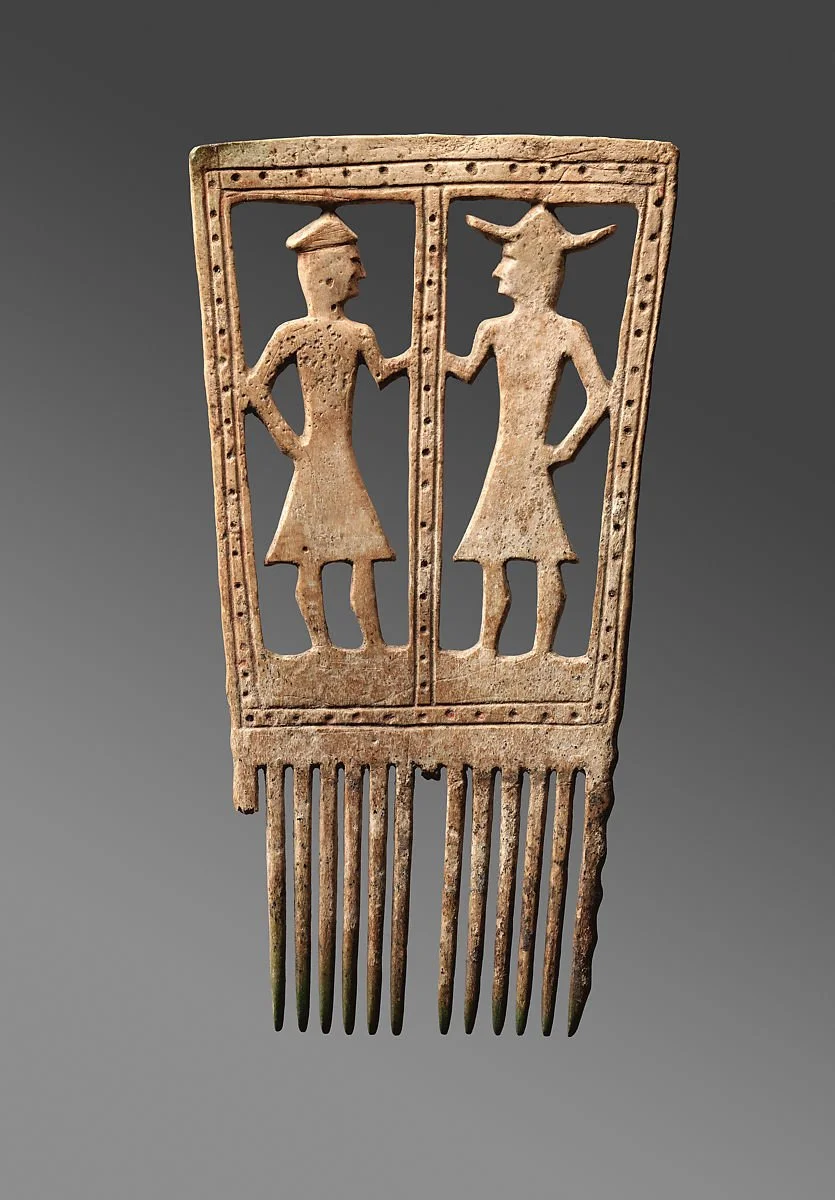Despite the stereotypes of Conestoga Susquehannock people being fierce or “savage” warriors, the community at Conestoga town was incredibly peaceful and maintained their treaty commitments. As sharp conflict erupted across the emerging, the community at Conestoga was not permitted to have even hunting weapons, for fear of being considered a threat and killed by over-anxious colonists who often did not distinguish between ally and enemy Natives.
The inability to own weapons restricted the ability of the community to hunt and provide for their families. This created an environment in which the community at Conestoga was forced to be dependent on the colony of Pennsylvania, whom they trusted with their lives. The Christianization of Conestoga people, who adapted western religious beliefs for survival and integration, disrupted traditional cultural practices and destabilized the political structure. The Conestoga community, being unable to provide for itself both fiscally and culturally, gradually shrunk as members began to migrate towards more insulated areas. Some continued to migrate north to the Haudenosaunee tribes, and others migrated west in a conglomerate that became known as the Mingo people, a variation of “Minqua” which is what our Lenape neighbors called us. As late as 1755, court records show our people seeking permission to enter other Native nations as far south as North Carolina. The Mingo people still exist today as the Seneca Cayuga Nation in Oklahoma, which is one of several modern tribes with historical kinship to the Conestoga Susquehannock.
The letter to the right was written just two weeks before the Conestoga massacre, illustrating the dire need in the community at that time and the violations of treaty commitments as colonists continued to encroach on our land. Despite these treaty violations and wrongdoings, they prepared a string of wampum to honor the arrival of John Penn. Wampum was incredibly expensive and labor intensive, and was offered to show the highest appreciation for the treaty commitments our ancestors had made. We invite everyone to read this final communication and then examine the stereotypical images and ideas pertaining to Conestoga Susquehannock people.
Gallery:
To the Honorable John Penn, esquire, lieutenant Governor and Commander-in-chief of the Province of Pennsylvania,
Brother:
We (the Conestoga Indians) take the present opportunity, by Captain Montour, to welcome you into this Country by this string of Wampum and as we are settled at this place by an agreement of peace and amity established between your grandfathers and ours, we now promise ourselves your favor and protection, and as we have always lived in peace and quietness with our Brethren and neighbors round us during the last and present Indian Wars, we hope now, as we are deprived from supporting our families by hunting, as we formerly did, you will consider our distressed situation and grant our women and children some clothing to cover them this winter. The government has always been kind enough to allow us some provisions, and did formerly appoint people to take care of us, but as there is no person to take that upon him, and some of our neighbors have encroached upon the tract of land reserved here for our use, we would now beg our brother, the Governor to appoint our friend Captain Thomas McKee, who lives near us and understands our language, to take care and see Justice done us.
SOHAYS, his mark
CUYANGUERRYCOEA, his mark
SAGUYASOTHA (JOHN), his mark (Colonial Records 9:88)

A hair comb from the Conestoga community, featuring the peace and cooperation between our people and the Penn family.

Wampum, a material made painstakingly from Quahog shells, is used to honor important occasions, construct treaties, and was even a legal currency in the some colonies from 1637 to 1671!

Wampum treaties, like this replica of the Shaxomon treaty, transcend language barriers and are a hallmark of Indigenous diplomacy. This particular belt visualizes the peace and friendship between Penn and the Lenape that would soon be shattered by colonial encroachment. Every bead and design feature tells part of the story, to be passed on through generations.

This document from 1755 court records in Rowan County, North Carolina shows a "Susquehanna Indian" seeking permission to travel to the Catawba nation.
